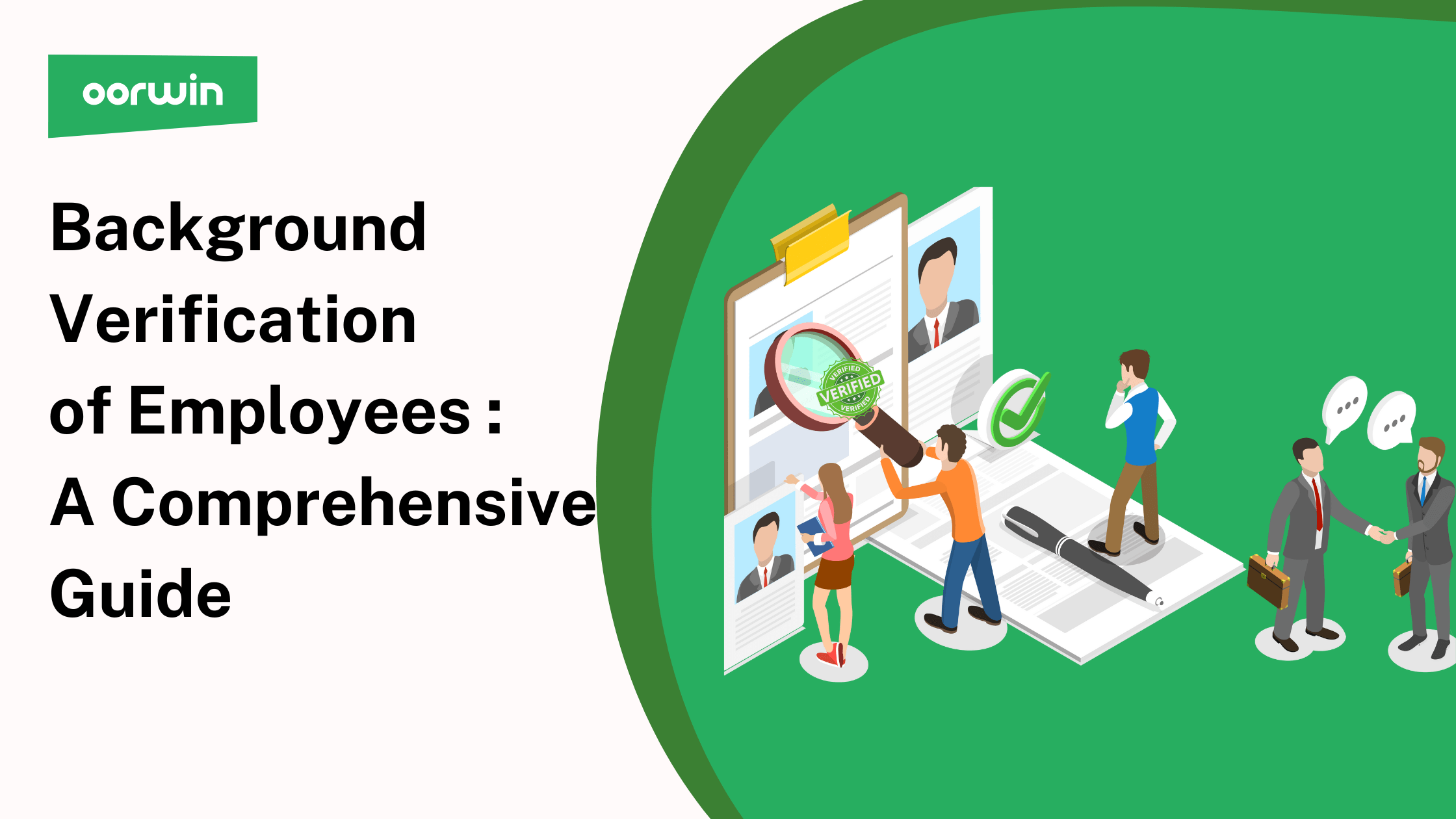In today’s competitive job market‚ making the right hiring decisions is more crucial than ever. One of the most effective tools for mitigating risk and ensuring a safe and productive workplace is conducting thorough employment background checks. These checks go beyond the resume and interview‚ delving into a candidate’s past to verify information and uncover potential red flags. Successfully navigating the complexities of employment background checks requires a strategic approach‚ one that balances the need for information with legal compliance and respect for candidate privacy.
Step 1: Develop a Clear and Consistent Policy
Before initiating any background check‚ it’s vital to establish a comprehensive written policy. This policy should outline the types of checks you’ll conduct‚ the positions for which they are required‚ and the criteria used for evaluating the results. Consistency is key; applying the same standards to all candidates for similar roles helps avoid accusations of discrimination and ensures fairness.
- Define the scope of the checks (e.g.‚ criminal history‚ education verification‚ credit report).
- Specify which positions require background checks.
- Document the decision-making process based on background check results.
- Ensure compliance with all applicable laws‚ including the Fair Credit Reporting Act (FCRA).
Step 2: Obtain Informed Consent
Transparency is paramount. You must obtain written consent from the candidate before conducting any background check. This consent form should clearly explain the nature and scope of the investigation‚ the information that will be collected‚ and the purpose for which it will be used. The FCRA mandates specific disclosures and authorization requirements‚ so ensure your form is compliant.
Step 3: Choose a Reputable Background Check Provider
Selecting the right background check provider is crucial for accuracy and reliability. Look for a provider with a proven track record‚ robust data sources‚ and a deep understanding of employment law. A reputable provider will ensure compliance with the FCRA and other relevant regulations‚ minimizing your legal risk. Do your research and check references before making a decision. Consider their reporting practices and how they handle sensitive information.
Step 4: Review and Interpret the Results Carefully
Once you receive the background check report‚ take the time to carefully review the information. Don’t automatically disqualify a candidate based on a single negative finding. Consider the nature of the offense‚ the time elapsed since the incident‚ and the relevance to the job requirements. It’s essential to conduct an individualized assessment‚ giving the candidate an opportunity to explain any discrepancies or mitigating circumstances. Remember to document your decision-making process thoroughly.
Understanding “Ban the Box” Laws
Many jurisdictions have implemented “ban the box” laws‚ which restrict when employers can inquire about an applicant’s criminal history. These laws aim to reduce employment barriers for individuals with criminal records. Before conducting a background check‚ be sure to understand and comply with any applicable “ban the box” regulations in your area.
Step 5: Take Adverse Action‚ If Necessary‚ With Caution
If you decide to take adverse action (e.g.‚ refusing to hire or withdrawing a job offer) based on the background check results‚ you must follow the FCRA’s adverse action procedures. This includes providing the candidate with a pre-adverse action notice‚ a copy of the background check report‚ and a summary of their rights under the FCRA. Give the candidate a reasonable opportunity to dispute the accuracy of the report before making a final decision. Compliance with these procedures is crucial to avoid potential legal challenges. Following all of these steps helps to ensure a legally sound and ethical hiring process.
Finally‚ remember that responsible employment background checks are an investment in a safe and productive work environment‚ benefiting both the employer and the employees.
Beyond the Basics: Continuous Monitoring
While pre-employment checks are essential‚ consider the value of ongoing monitoring‚ especially for positions of trust or responsibility. Continuous monitoring involves periodically re-checking employee backgrounds for new criminal records or other relevant information. This proactive approach can help identify potential risks before they escalate‚ enhancing workplace safety and security. It’s important to communicate this practice clearly to employees and obtain their consent‚ ensuring transparency and compliance with privacy regulations.
Implementing a Secure Data Handling Protocol
Background check information is highly sensitive and must be handled with utmost care. Establish a secure data handling protocol to protect candidate and employee privacy. This protocol should include measures such as:
- Secure storage of background check reports‚ both electronic and physical.
- Limited access to background check information on a need-to-know basis.
- Regular audits of data security practices.
- Proper disposal of background check reports when they are no longer needed.
Leveraging Technology for Efficiency
Various technology solutions can streamline the background check process‚ improving efficiency and reducing the risk of errors. Applicant tracking systems (ATS) often integrate with background check providers‚ allowing you to initiate checks directly from the system. These integrations can automate data entry‚ track the status of checks‚ and ensure compliance with legal requirements. Furthermore‚ digital consent forms and secure online portals can simplify the process for both candidates and employers.
Training Your Hiring Team
Ensure that your hiring team is properly trained on background check policies‚ procedures‚ and legal requirements. This training should cover topics such as:
- Understanding the scope of permissible background checks.
- Obtaining informed consent from candidates.
- Interpreting background check reports accurately.
- Complying with adverse action procedures.
- Maintaining confidentiality and protecting candidate privacy.
Regular Policy Review and Updates
Employment laws and regulations are constantly evolving. It’s crucial to review and update your background check policy regularly to ensure compliance. Stay informed about changes in the FCRA‚ “ban the box” laws‚ and other relevant legislation. Seek legal counsel to ensure your policy remains compliant and effective. Proactive policy maintenance can help you avoid costly legal challenges and maintain a fair and equitable hiring process.

